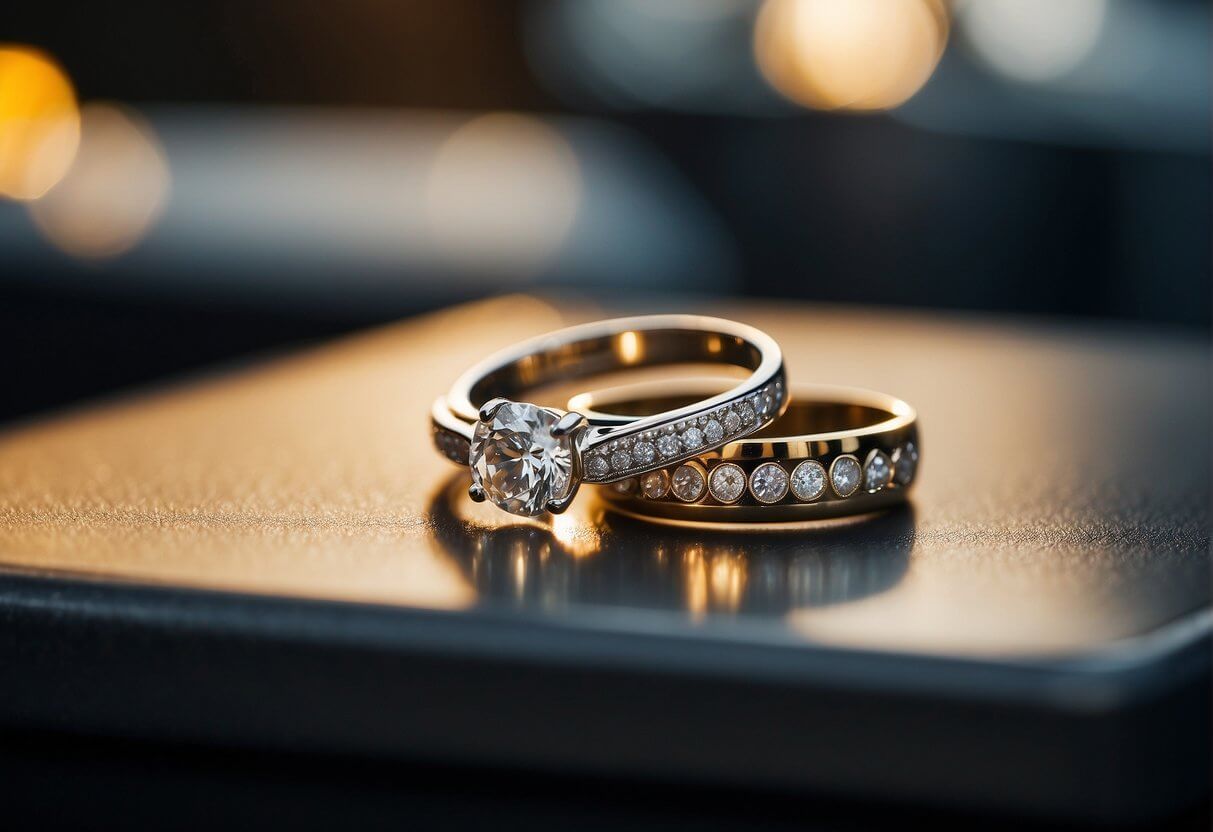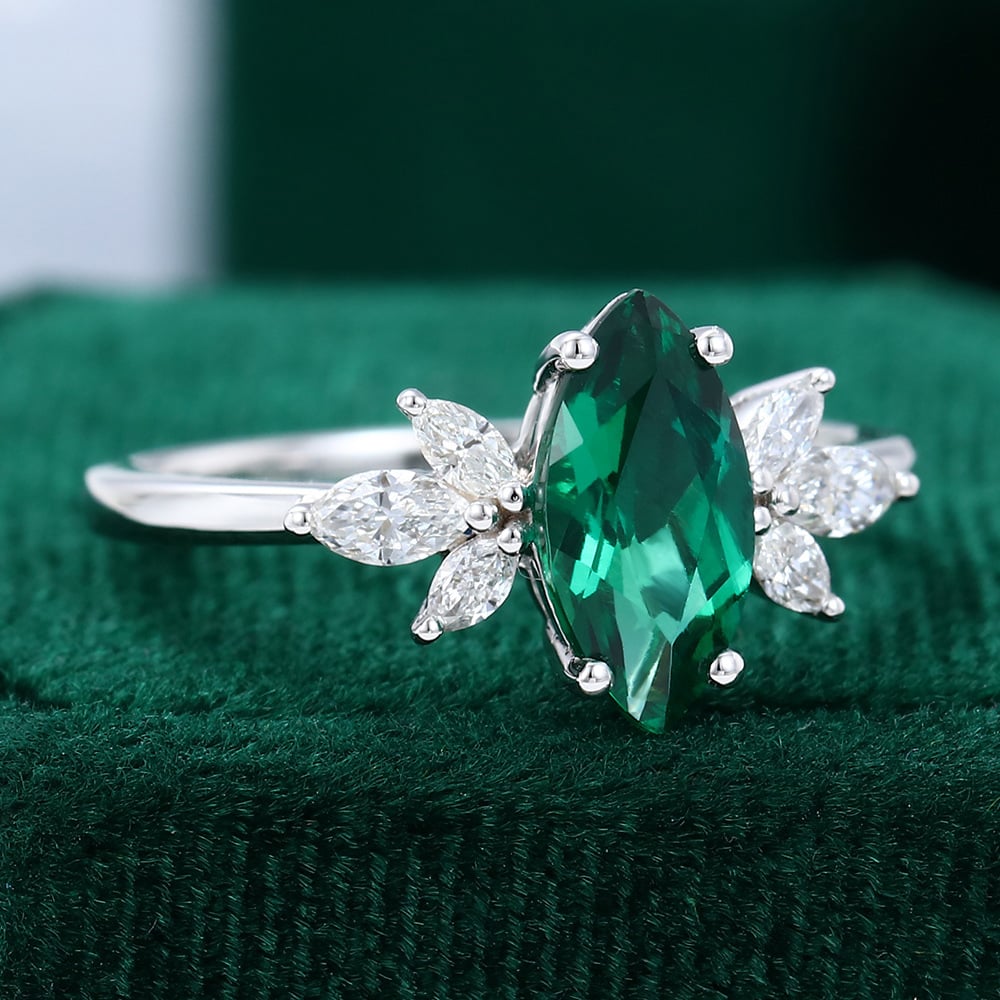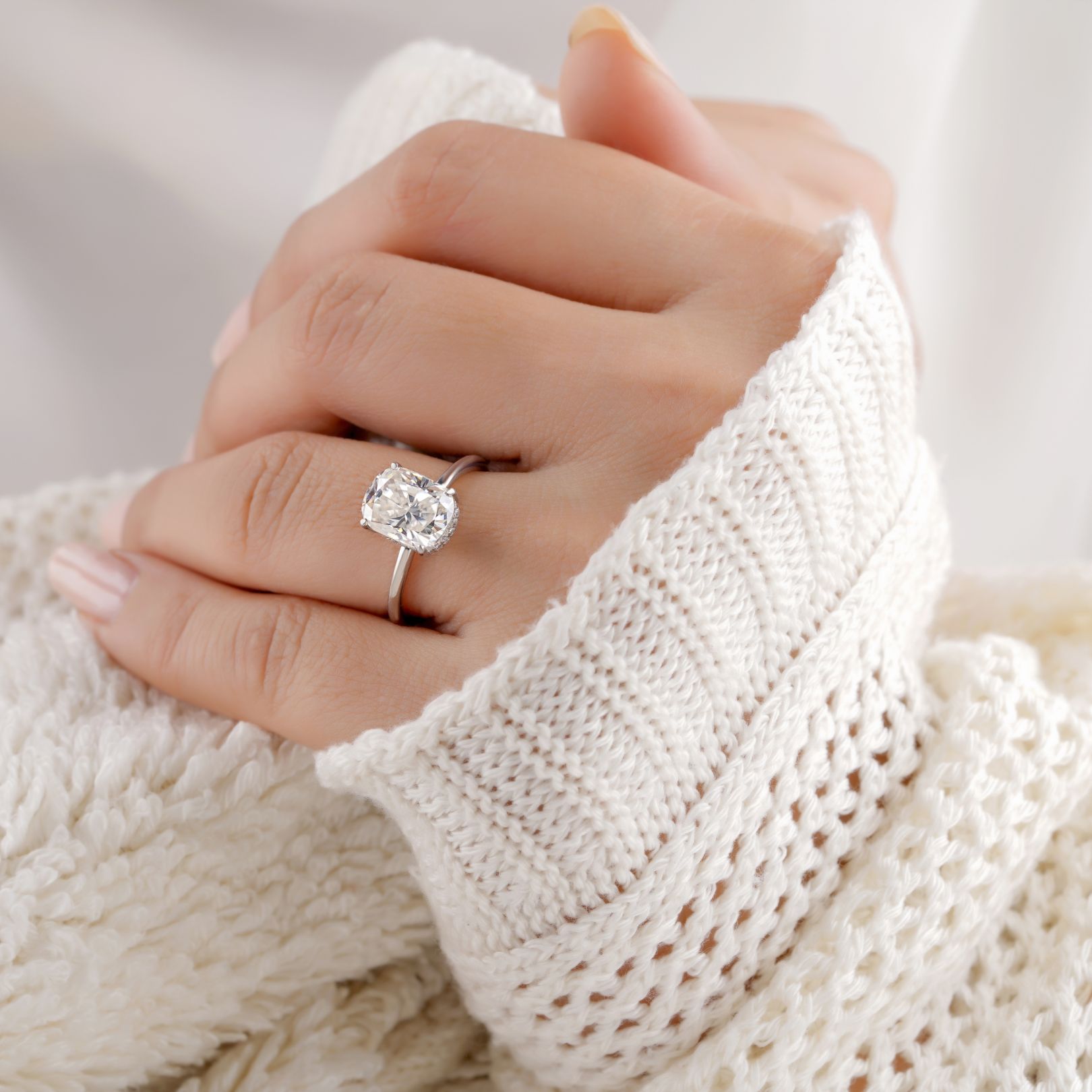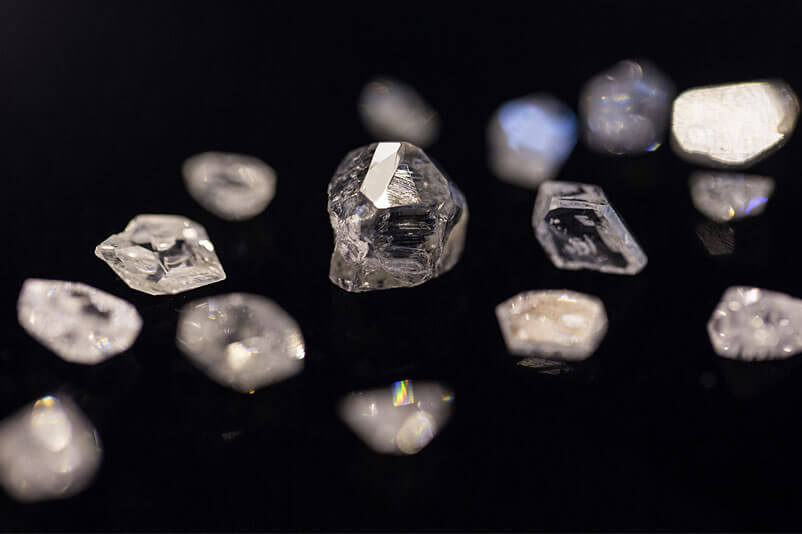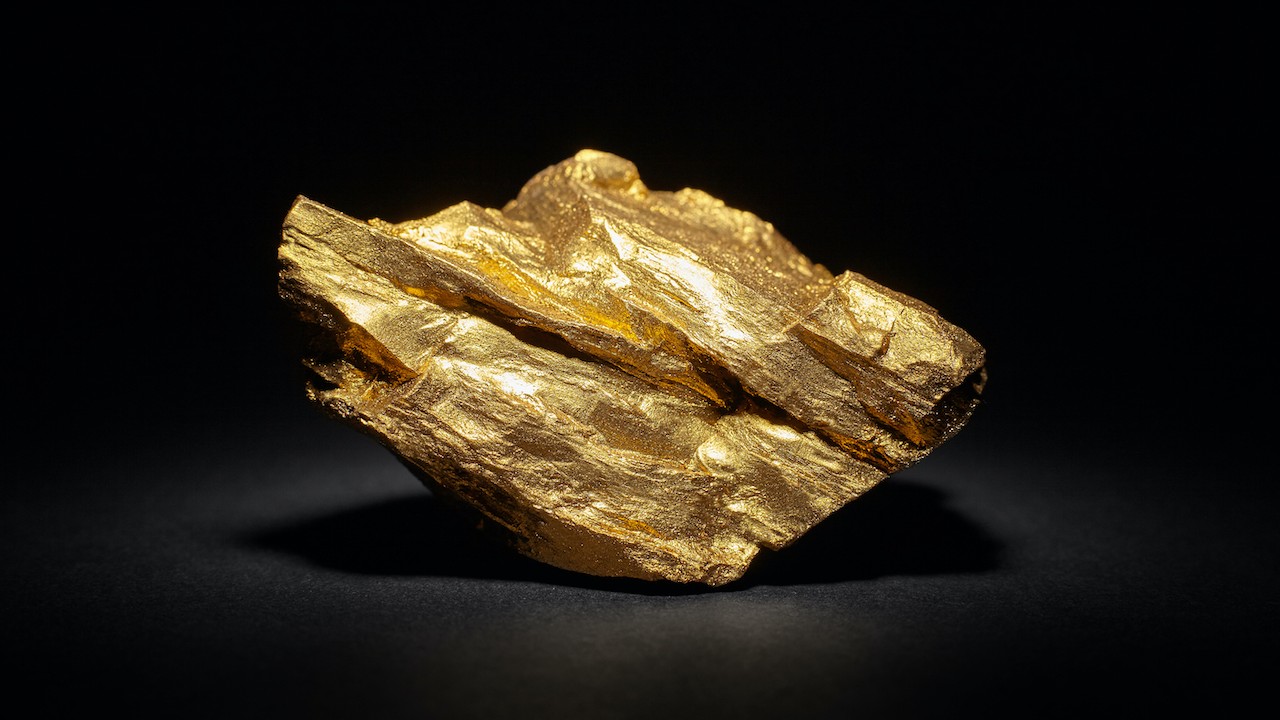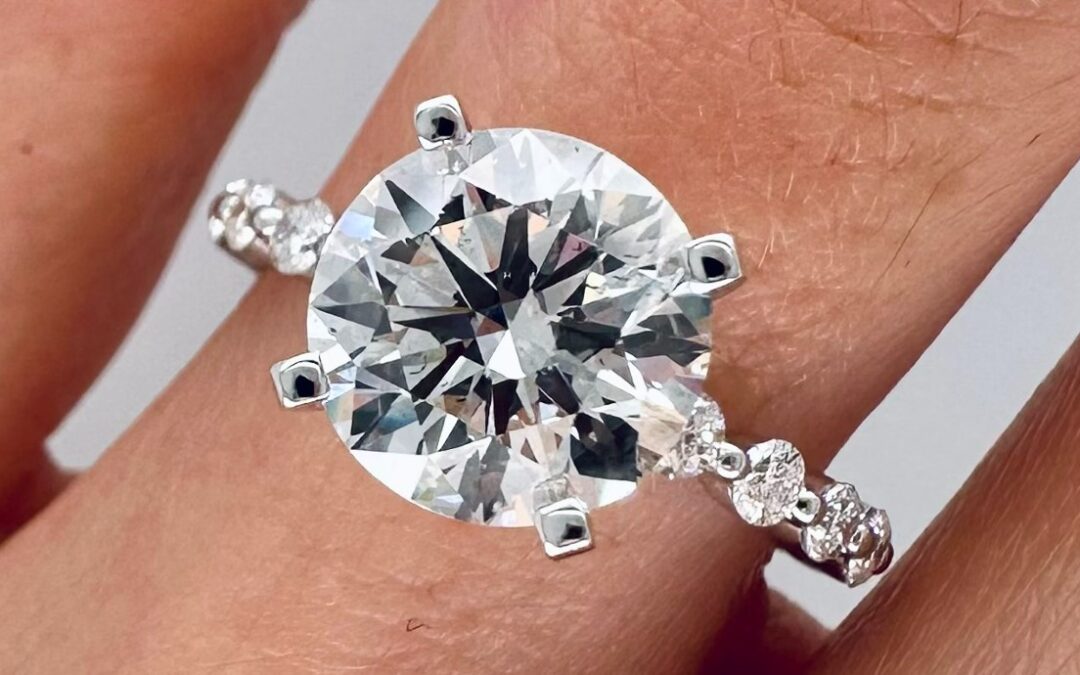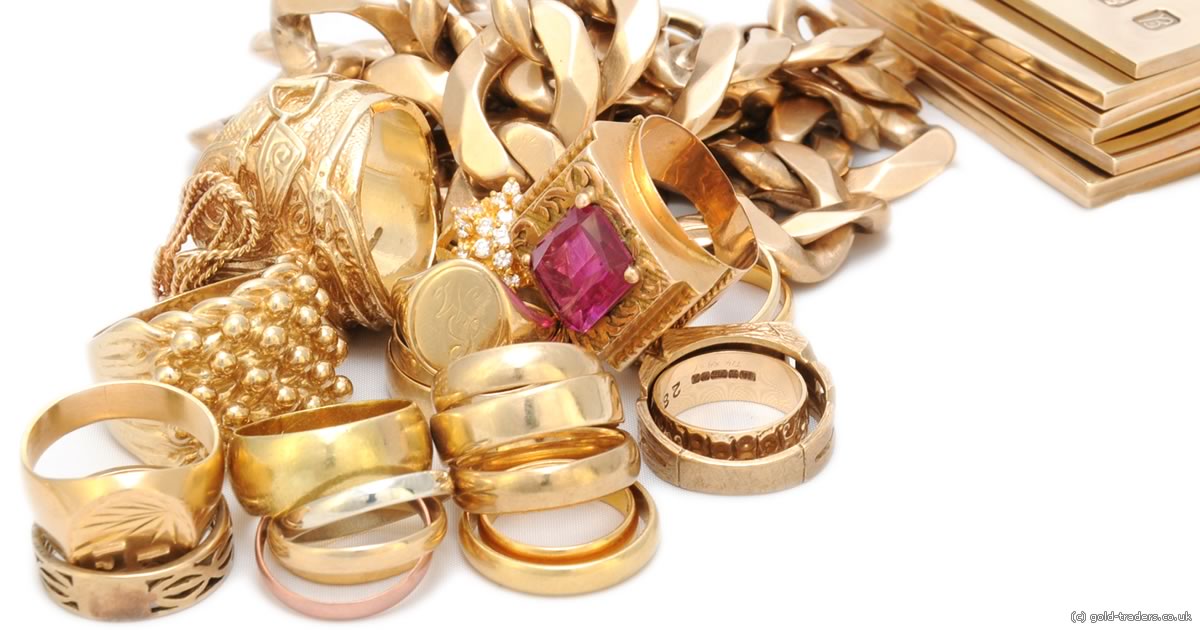When purchasing a diamond, one of the most important decisions you’ll face is choosing the shape of the stone. Diamonds come in a wide range of shapes, each with its unique appearance and appeal. Understanding the pros and cons of different diamond shapes is crucial in selecting the right one for your needs. The shape not only affects the look of the diamond but also impacts its brilliance, size, and overall price. In this article, we’ll explore the most popular diamond shapes and weigh their pros and cons to help you make an informed decision.
Round Diamond Shape: The Classic Choice
The round diamond shape is by far the most popular and classic option, especially for engagement rings. One of the main pros of round diamonds is their exceptional brilliance. The round shape allows for the maximum amount of light reflection, creating that signature sparkle that diamonds are known for. Because of their popularity, round diamonds are easy to find in a variety of settings and sizes, offering versatility when it comes to customization.
However, one of the cons of round diamonds shapes pros and cons is their cost. Due to their demand and the complexity of cutting the stone into a round shape, round diamonds tend to be more expensive compared to other shapes. Additionally, because round diamonds are so widely available, they may not feel as unique or personal to some buyers. Despite this, round diamonds remain a top choice for many, and their timeless beauty makes them a reliable option for any occasion.
Princess Cut Diamond Shape: Modern Elegance
The princess cut diamond shape is a popular choice for those who want a more modern and contemporary look. Known for its square shape with sharp corners, the princess cut offers a brilliant sparkle similar to that of the round diamond. One of the pros of the princess cut is its versatility. It works well in a variety of settings, including solitaires, three-stone rings, and halo designs. The shape’s clean lines and modern appearance make it a favorite for those seeking a more edgy or unique design.
However, the princess cut has a few cons to consider. The sharp corners of the shape can be more prone to chipping or damage if not handled carefully. Additionally, the princess cut may not display as much brilliance as a round diamond, as it is more dependent on the quality of the cut. Despite these drawbacks, the princess cut remains a popular choice for those who love modern elegance and style.
Oval Diamond Shape: Timeless and Elongated
The oval diamond shape is a timeless choice that offers a sophisticated and elongated appearance. One of the key pros of the oval shape is its ability to make fingers appear longer and more slender. Its elongated shape gives it a unique visual appeal while still maintaining the brilliance of a round diamond. Oval diamonds are also less likely to show inclusions or flaws due to their shape, making them an excellent choice for those seeking a flawless look.
On the downside, oval diamonds can sometimes have a less vibrant sparkle compared to round diamonds. This is because they don’t reflect light in the same way, which may result in slightly less brilliance. Additionally, some people may not appreciate the oval shape’s unique look and prefer a more traditional round or square diamond. Nonetheless, the oval shape is a fantastic choice for those who want a classic yet distinctive diamond that stands out.
Cushion Cut Diamond Shape: Vintage Charm
The cushion cut diamond shape, also known as the “pillow cut,” is a popular option for those who love vintage-inspired jewelry. The cushion cut combines elements of both the round and the square shape, featuring rounded corners and a soft, romantic appearance. One of the main pros of the cushion cut is its vintage charm, which makes it a great choice for those who want a piece with historical significance. Cushion cuts are also known for their ability to hide inclusions, so they tend to look cleaner and more flawless.
However, one of the cons of the cushion cut is that it may not have the same level of brilliance as round diamonds. While cushion cuts still reflect light beautifully, they may not achieve the same intense sparkle as a round or princess cut diamond. Additionally, the cushion cut can sometimes appear smaller than other shapes with the same carat weight, as its rounded edges can make it look less substantial. Despite these drawbacks, the cushion cut remains a popular choice for those seeking a romantic, vintage look.
Emerald Cut Diamond Shape: Sophisticated Simplicity
The emerald cut diamond shape is known for its elegant, long lines and step-like facets. It is an excellent option for those who prefer a more understated and sophisticated look. One of the pros of the emerald cut is its unique appearance, which stands out among more traditional shapes. The long, rectangular shape also tends to make the diamond appear larger, as the surface area is more spread out compared to round or square diamonds.
On the flip side, the emerald cut does not offer the same level of brilliance as round diamonds, as the step-cut facets do not reflect light as intensely. Additionally, the emerald cut can highlight any imperfections, making clarity a crucial factor when selecting this shape. If you prefer a diamond that exudes timeless elegance and sophistication without relying on intense sparkle, the emerald cut is an excellent choice, though it does require careful attention to clarity.
Asscher Cut Diamond Shape: A Square Alternative to the Emerald Cut
The Asscher cut diamond is similar to the emerald cut, but with a square shape instead of a rectangular one. Known for its vintage appeal, the Asscher cut offers the same step-cut facets as the emerald cut but in a more compact and symmetrical form. One of the pros of the Asscher cut is its art-deco style, making it a perfect choice for those who appreciate a vintage aesthetic. The cut also creates an interesting effect known as the “hall of mirrors,” where the facets create a dramatic visual depth.
However, like the emerald cut, the Asscher cut does not have the same level of brilliance as round lab created diamonds. Its clean, crisp lines can also make any inclusions or imperfections more noticeable. While the Asscher cut is a stunning and unique choice for those looking for a vintage diamond, it may not be the best option for those prioritizing sparkle and brilliance.
Pear-Shaped Diamond: A Brilliant Drop
The pear-shaped diamond is a distinctive and elegant shape that combines the round and marquise cuts, resulting in a teardrop-like appearance. One of the pros of the pear shape is its ability to maximize the diamond’s carat weight, often making the stone appear larger than it is. Pear-shaped diamonds also offer a unique and eye-catching design, which can be a great conversation starter.
However, one of the cons of the pear shape is that it may not have as much brilliance as round diamonds, and its pointed end can be more prone to chipping if not protected. Additionally, the shape may not appeal to everyone, as its asymmetrical design can be polarizing. Despite these drawbacks, the pear shape is a fantastic choice for those seeking a unique and elegant diamond.
Conclusion: Choosing the Right Diamond Shape
In conclusion, choosing the right diamond shape involves understanding the pros and cons of each option. Whether you opt for the timeless brilliance of a round diamond, the vintage charm of a cushion cut, or the sophisticated simplicity of an emerald cut, each shape has its own unique appeal. Consider your personal style, the recipient’s preferences, and your budget when selecting a diamond shape. By weighing the advantages and disadvantages of each shape, you can confidently choose the perfect diamond that reflects your taste and meets your needs.


